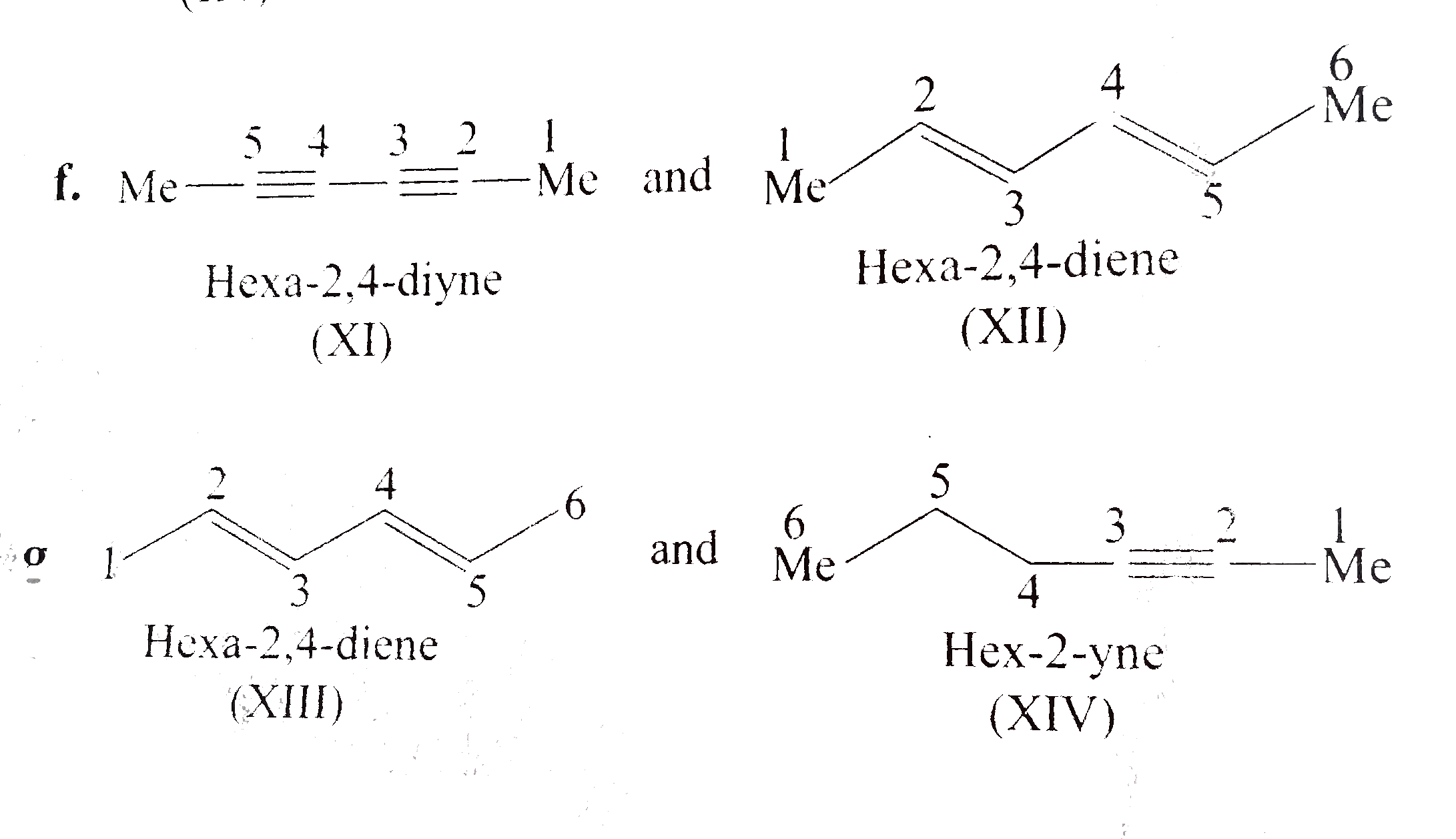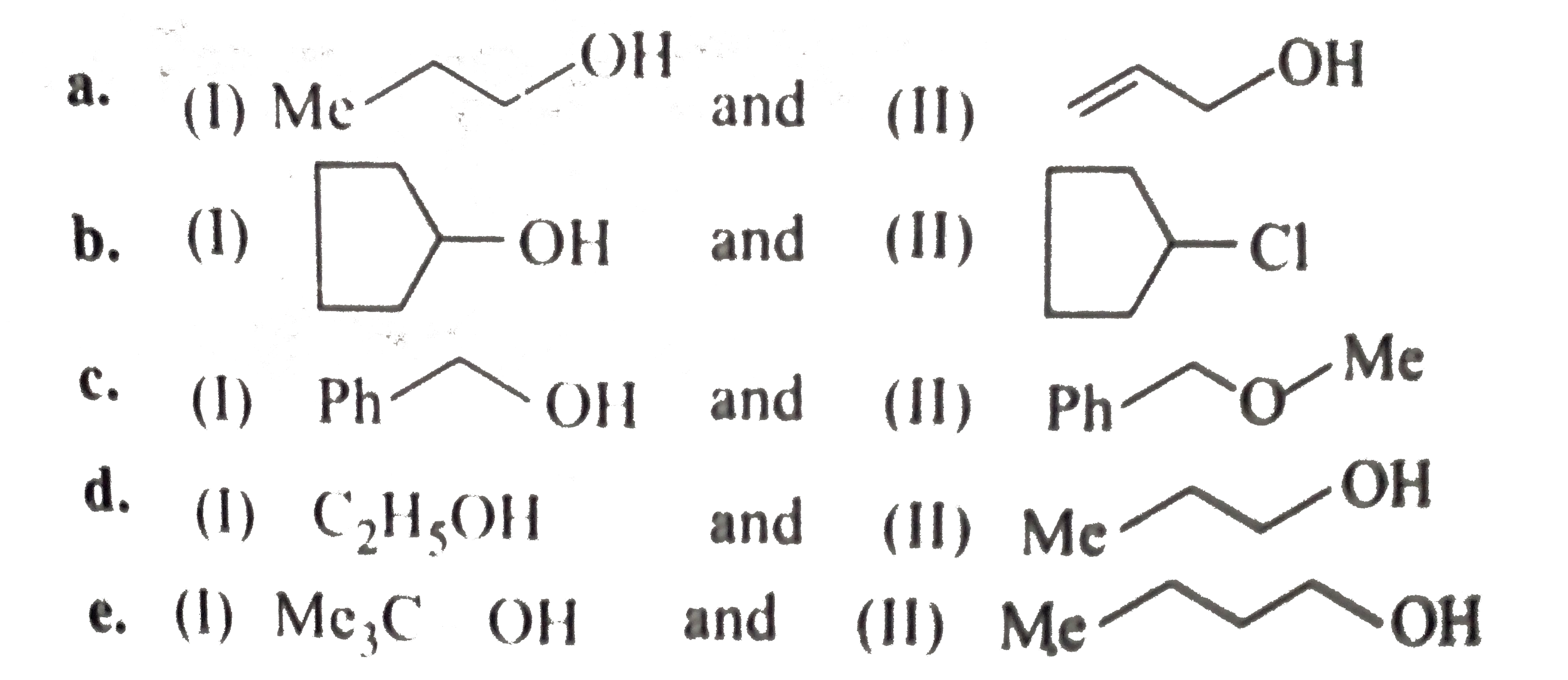Distinguish between the following:
culture fishery and capture fishery
To distinguish between culture fishery and capture fishery, we can break down the differences into several key points:
1. Definition:
- Culture Fishery: This refers to the practice of raising fish in controlled environments such as ponds, tanks, or other enclosures. The fish are bred, nurtured, and harvested in these designated areas.
- Capture Fishery: This involves the collection of fish from their natural habitats, such as oceans, rivers, or lakes. Fish are caught without any controlled breeding or nurturing process.
2. Method of Production:
- Culture Fishery: Fish are cultivated through a systematic process. This includes breeding, feeding, and caring for the fish until they reach a desirable size for harvesting.
- Capture Fishery: Fish are caught randomly from various water bodies. There is no systematic breeding or nurturing involved; it relies on the natural populations of fish.
3. Location:
- Culture Fishery: Fish are raised in specific locations that are managed by humans, such as aquaculture farms or fish ponds.
- Capture Fishery: Fish are sourced from their natural environments, which can include seas, rivers, and lakes, without any specific management by humans.
4. Control:
- Culture Fishery: There is a high level of control over the breeding and growth conditions of the fish, including water quality, feed, and health management.
- Capture Fishery: There is little to no control over the fish populations or their environments. The catch depends on the availability of fish in the wild.
5. Sustainability:
- Culture Fishery: This method can be more sustainable if managed properly, as it allows for controlled breeding and can help replenish fish stocks.
- Capture Fishery: This method can lead to overfishing and depletion of fish stocks if not regulated, as it relies on wild populations.
Summary of Differences:
- Culture Fishery: Controlled environment, systematic breeding, specific locations, high control, potentially sustainable.
- Capture Fishery: Natural environment, random collection, various locations, low control, risk of overfishing.
- Culture Fishery: This refers to the practice of raising fish in controlled environments such as ponds, tanks, or other enclosures. The fish are bred, nurtured, and harvested in these designated areas.
- Capture Fishery: This involves the collection of fish from their natural habitats, such as oceans, rivers, or lakes. Fish are caught without any controlled breeding or nurturing process.
- Culture Fishery: Fish are cultivated through a systematic process. This includes breeding, feeding, and caring for the fish until they reach a desirable size for harvesting.
- Capture Fishery: Fish are caught randomly from various water bodies. There is no systematic breeding or nurturing involved; it relies on the natural populations of fish.
- Culture Fishery: Fish are raised in specific locations that are managed by humans, such as aquaculture farms or fish ponds.
- Capture Fishery: Fish are sourced from their natural environments, which can include seas, rivers, and lakes, without any specific management by humans.
- Culture Fishery: There is a high level of control over the breeding and growth conditions of the fish, including water quality, feed, and health management.
- Capture Fishery: There is little to no control over the fish populations or their environments. The catch depends on the availability of fish in the wild.
- Culture Fishery: This method can be more sustainable if managed properly, as it allows for controlled breeding and can help replenish fish stocks.
- Capture Fishery: This method can lead to overfishing and depletion of fish stocks if not regulated, as it relies on wild populations.
- Culture Fishery: Controlled environment, systematic breeding, specific locations, high control, potentially sustainable.
- Capture Fishery: Natural environment, random collection, various locations, low control, risk of overfishing.
Topper's Solved these Questions
- BOOK - MTG IIT JEE FOUNDATIONCHAPTER - IMPROVEMENT IN FOOD RESOURCESEXERCISE - Exercise (Subjective Questions) (Long Answer Type)12videos
IMPROVEMENT IN FOOD RESOURCES
- BOOK - MTG IIT JEE FOUNDATIONCHAPTER - IMPROVEMENT IN FOOD RESOURCESEXERCISE - Olympaid/HOTS Corner10videos
IMPROVEMENT IN FOOD RESOURCES
- BOOK - MTG IIT JEE FOUNDATIONCHAPTER - IMPROVEMENT IN FOOD RESOURCESEXERCISE - Exercise (Subjective Questions) (Very Short Answer Type)15videos
IMPROVEMENT IN FOOD RESOURCES
- BOOK - MTG IIT JEE FOUNDATIONCHAPTER - FOOTSTEPS TOWARDS NEET EXERCISE - MULTIPLE CHOICE QUESTIONS90videos
FOOTSTEPS TOWARDS NEET
- BOOK - MTG IIT JEE FOUNDATIONCHAPTER - NATURAL RESOURCESEXERCISE - Olympiad/HOTS Corner11videos
NATURAL RESOURCES
Similar Questions
Distinguish between the following:
inland fishery and marine fisheryView SolutionDistinguish between the following:
aquaculture and piscicultureView SolutionDefine culture fishery
View SolutionDifferentiate between the following
(i) Capture fishery and Culture fishery (ii) Mixed cropping and inter cropping (iii) Bee keeping and Poultry farming.View SolutionDistinguish between the following pairs:
a. and
and 
 View Solution
View SolutionDistinguish between the following pairs:
a. (I) View Solution
View SolutionDistinguish between the following.
Gymnosperms and angiospermsView SolutionDistinguish between the following.
Prokaryotes and eukaryotesView SolutionDistinguish between the following.
Invertebrates and vertebratesView SolutionDistinguish between g and G.
View Solution

